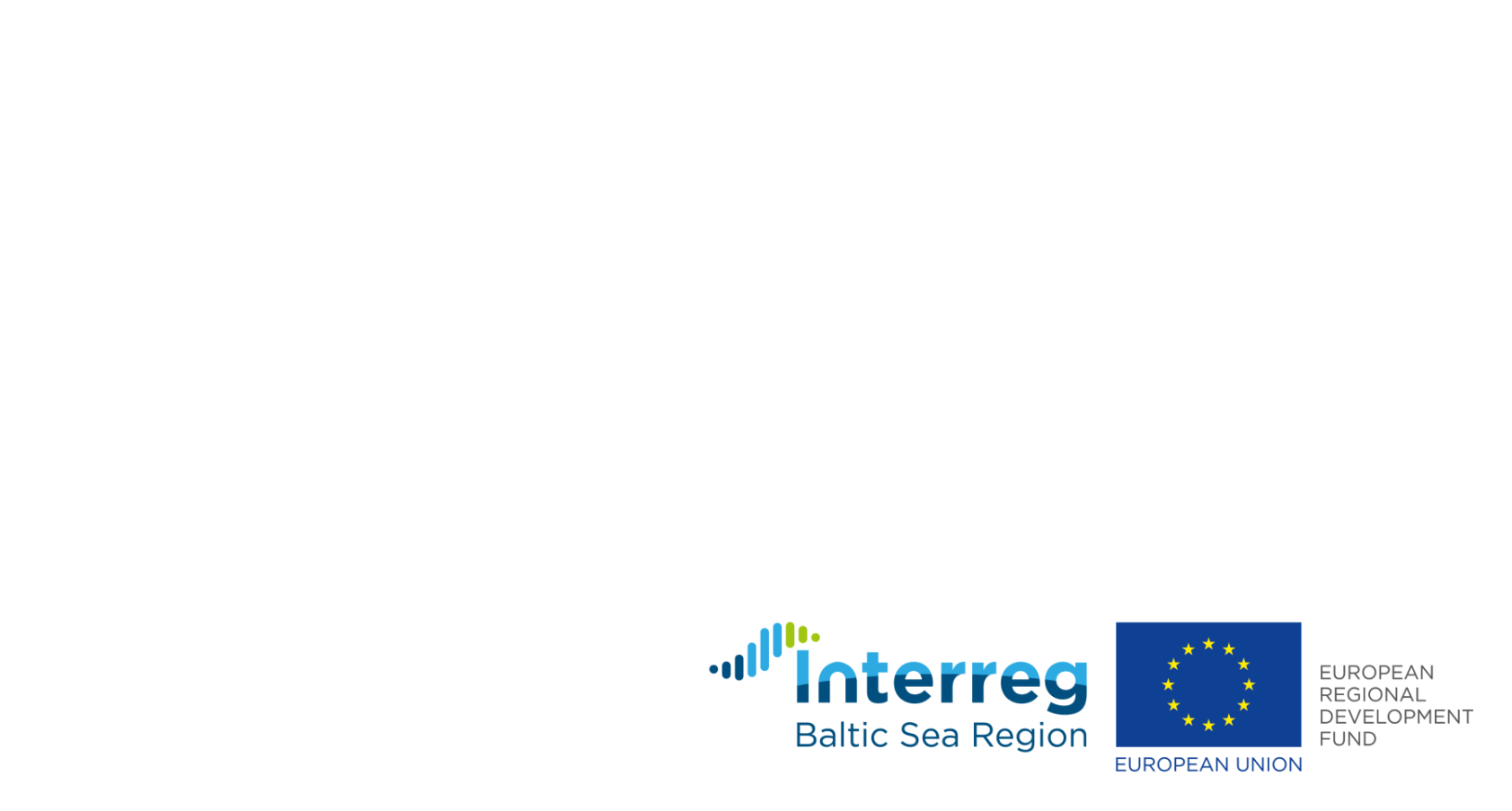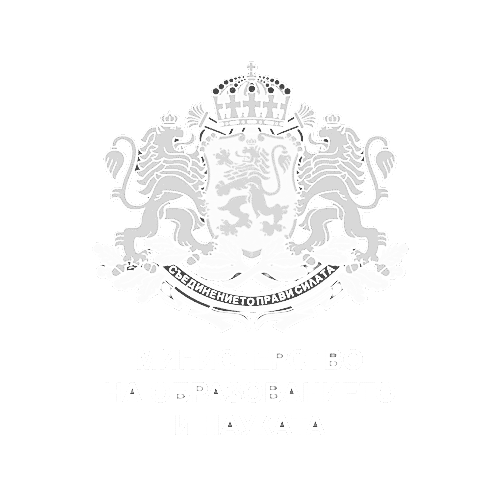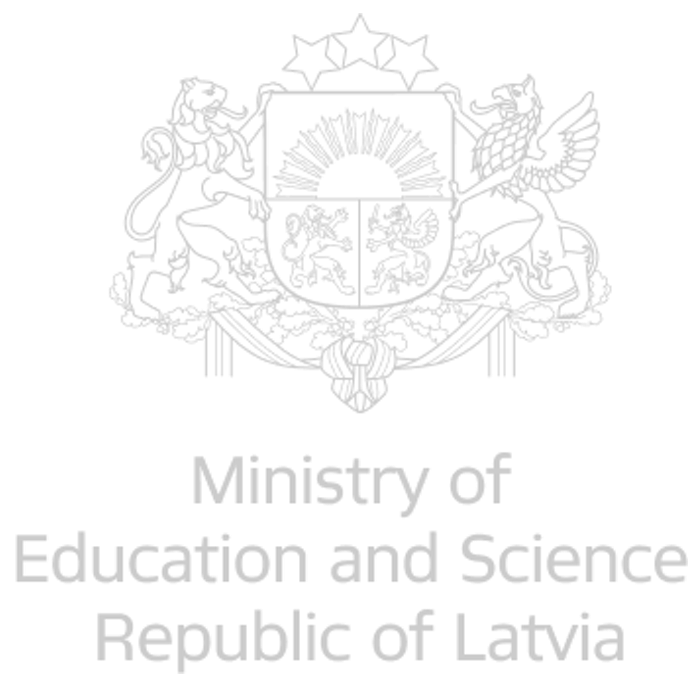By the end of September 2021, the four-year long journey of the BIC Project has reached its final endpoint. It is culminating in the launch of the most recently developed biomarker commercialization tools, which together with the already available tools form complete support for the successful translation of in-vitro diagnostic biomarker inventions into clinical applications.
Biomarkers have the potential to revolutionise the medical field. The digital revolution offers unprecedented possibilities for personalized medicine. Yet, the gap between biomarker discoveries and the market uptake of these innovations is significant.
“The challenge this field is facing is to involve industry, such as pharmaceutical and diagnostic enterprises, SMEs and investors, much earlier in the development and commercialization process of biomarkers, while research institutions need guidance to select the most relevant biomarker discoveries and conduct a development plan that meets early requirements from relevant industry partners,” says Valerie Daussin Laurent from the innovation department of the University Hospital of Aalborg in Denmark, and project leader of the BIC BRIDGE consortium.
The BIC Project is now reaching its goal to enable better and more efficient commercialization of biomarker discoveries, as the development of the platform that provides new tools to support the different phases of a new commercialization process is completed.
BIC Biomarker Commercialization Tools – Support from Discovery to Market
All tools are freely available on the biomarker.nu website and offer support from discovery to placing the innovation on the market. The main tool is the BIC Biomarker Commercialization Guide, which leads the user through the technology readiness levels (TRL), highlighting the technical, commercial and regulatory requirements of each phase to achieve the best outcome. The other tools are supportive “add-ons” that supplement the BIC Guide and offer a deeper insight to certain aspects of the development process.
The most recently developed tool is the Educational Toolbox, a compilation of material that deepens the understanding of the biomarker commercialization process and works as a user manual accompanying the BIC Guide. Its purpose is to give a quick introduction to BIC tools as well as deeper information, for example, about diagnostic and statistical measures in the BIC Guide, starting up your own company and different issues of IVDR.
Pauli Ollikka, Project Coordinator of Development Services at University of Turku, Finland, is confident that people will benefit from this tool: “In my opinion, the Educational Toolbox is meant for all: for those who are wondering if the BIC tools are something that they can benefit from and for those who are already using the BIC tools but want further information.”
Other BIC biomarker commercialization tools include already well-established BIC instruments like the BIC Review Tool, but also several new tools such as the project management platform to make the BIC Guide more interactive and easier to use.
“The now-static BIC Guide will be aligned with an open-source project-management platform, which will make the tool highly useful for biomarker development projects from invention to a finalized product and beyond,” explains Ewa Zdunczyk, Project Manager at Wroclaw Technology Park.
BIC In-Vitro Diagnostics Regulatory Tools: IVDR Guide and IVDR Roadmap
In-vitro diagnostics is becoming increasingly regulated and on that note the BIC consortium developed two separate, yet complementary tools. The BIC IVDR Guide is written from the scientific perspective and tells what is required during the commercialization process, focusing on the so-called TTO Commercialization Model. The IVDR Roadmap is more focused on later stages of the development and is written from the manufacturer’s perspective. It is a map that provides guidance not only on what to do, but also on how to do it.
“The manufacturer is faced with a set of regulations and standards around the IVDs. In the IVDR Roadmap, the regulatory activities are aligned with the standards that provide the solution to achieving regulatory compliance,” clarifies Pawel Myszczyński, the main author of the BIC Regulatory Tools and an R&D Project Specialist at Wroclaw Technology Park in Poland.
Where do we go from here?
Although the BIC project is reaching its end, the consortium partners continue on their path to bring biomarker discoveries closer to the patients.
“Since we started to have results to share, we have focused on building a larger network of people sharing our interest and knowledge. We want to build into a larger European initiative, where we currently look at the possibility to start a biomarker accelerator with access to funding. We are also looking at new challenges, where the digital part of diagnosing with biomarkers are clearly one of our interests. It is still very early, but if someone is interested in joining, do get in contact!”, says Valerie Daussin Laurent. (contacts available via BIC BRIDGE website).
About the BIC BRIDGE Consortium
BIC BRIDGE is based on the project main outputs and results from BiC – Biomarker Commercialization and serves not only to improve the outputs delivered in the original project but also to a whole new set of activities aiming at increasing the scope of the tools and broadening the target groups, as well as increasing usability, sustainability and impact. The consortium comprises 9 partners from the Baltic Sea Region (BSR) and beyond. It consists of innovation units localized in research institutions, cluster organisations, SMEs and European Research Infrastructure Consortium within the health diagnostic, pharma and med tech field. The extension stage project is running for 12 months. The BIC BRIDGE project’s budget is EUR 0.76 million and is co-financed by the European Regional Development Fund through the Interreg Baltic Sea Region Programme with EUR 0.58 million. Find out more here at biomarker.nu/about
